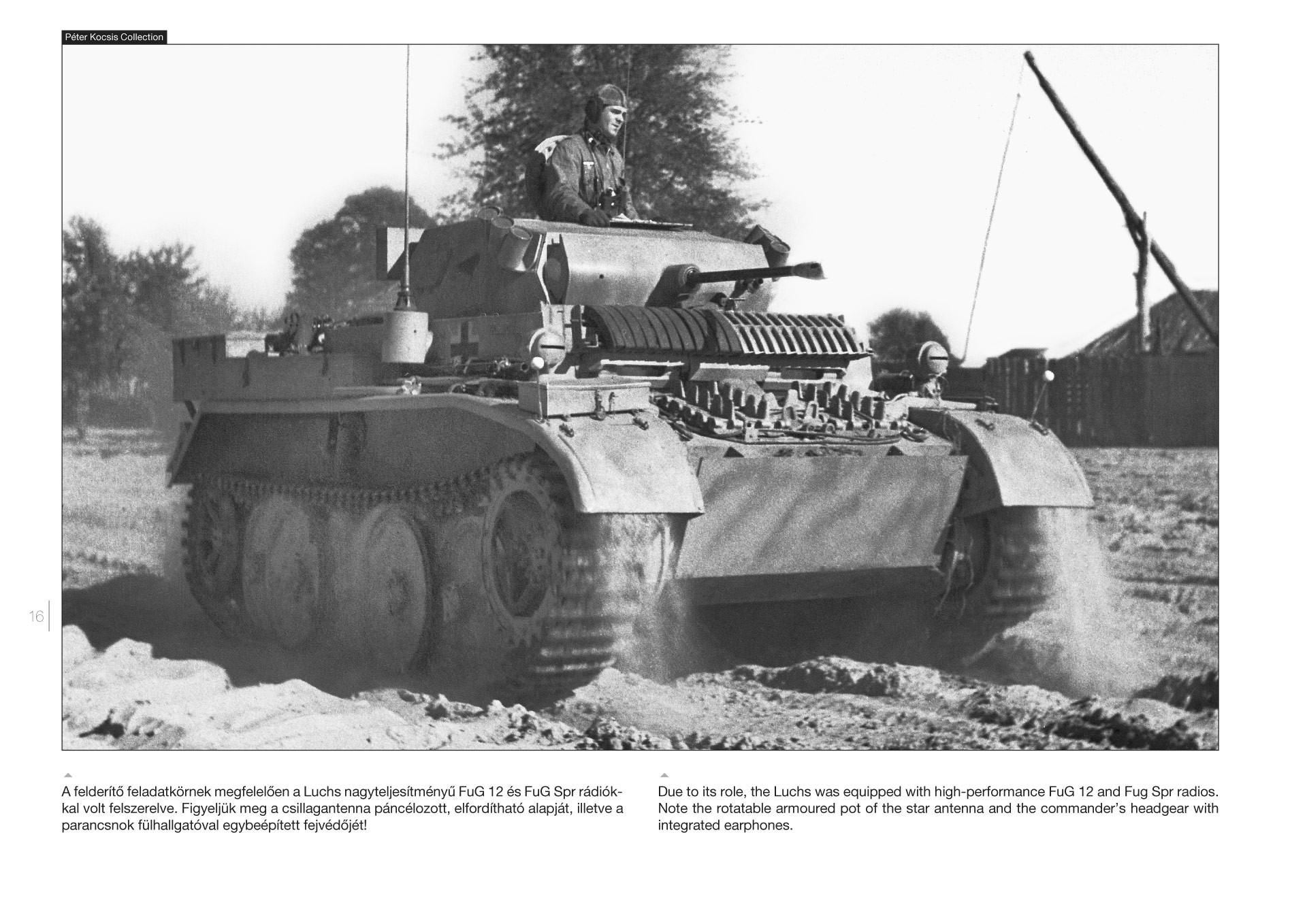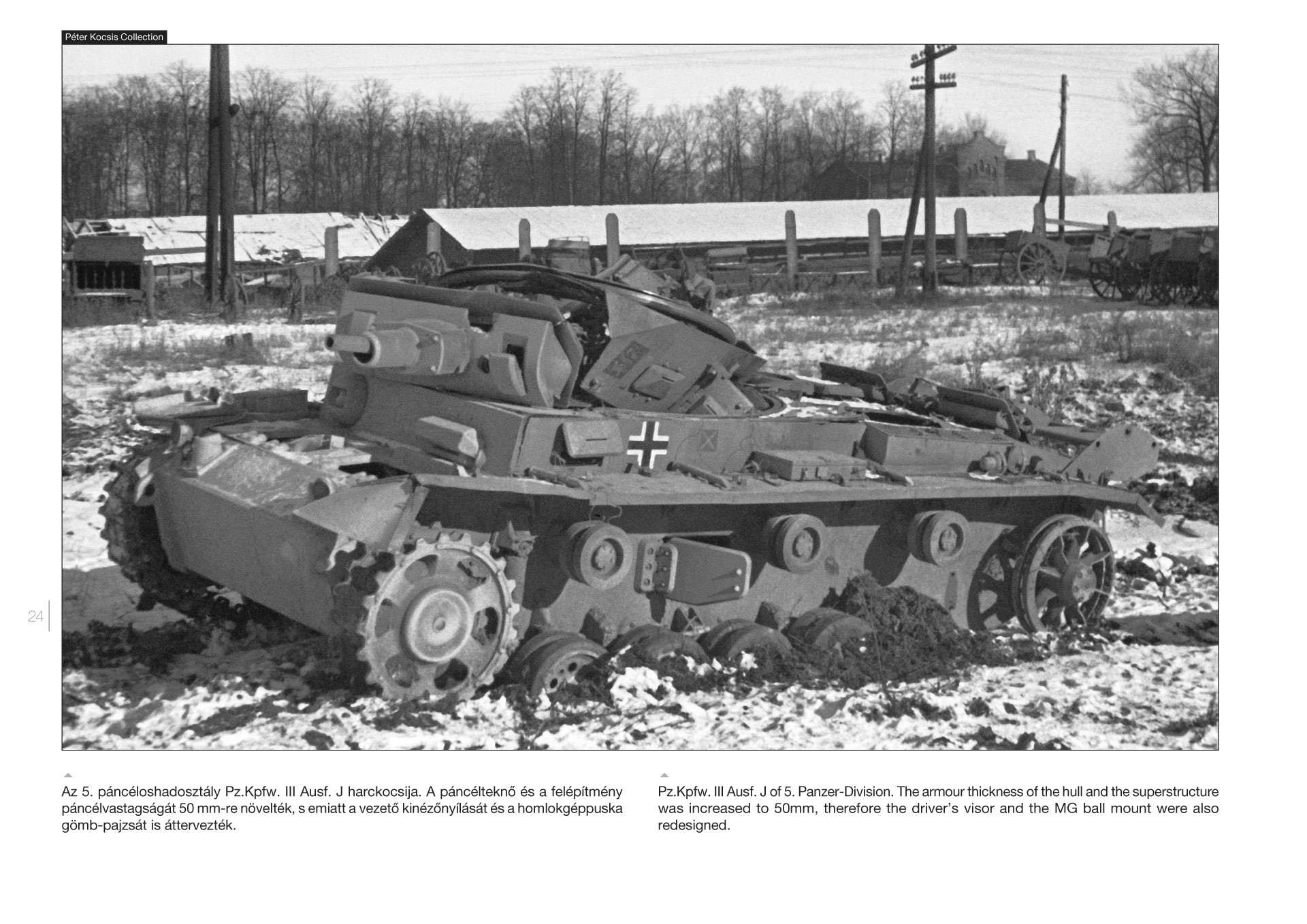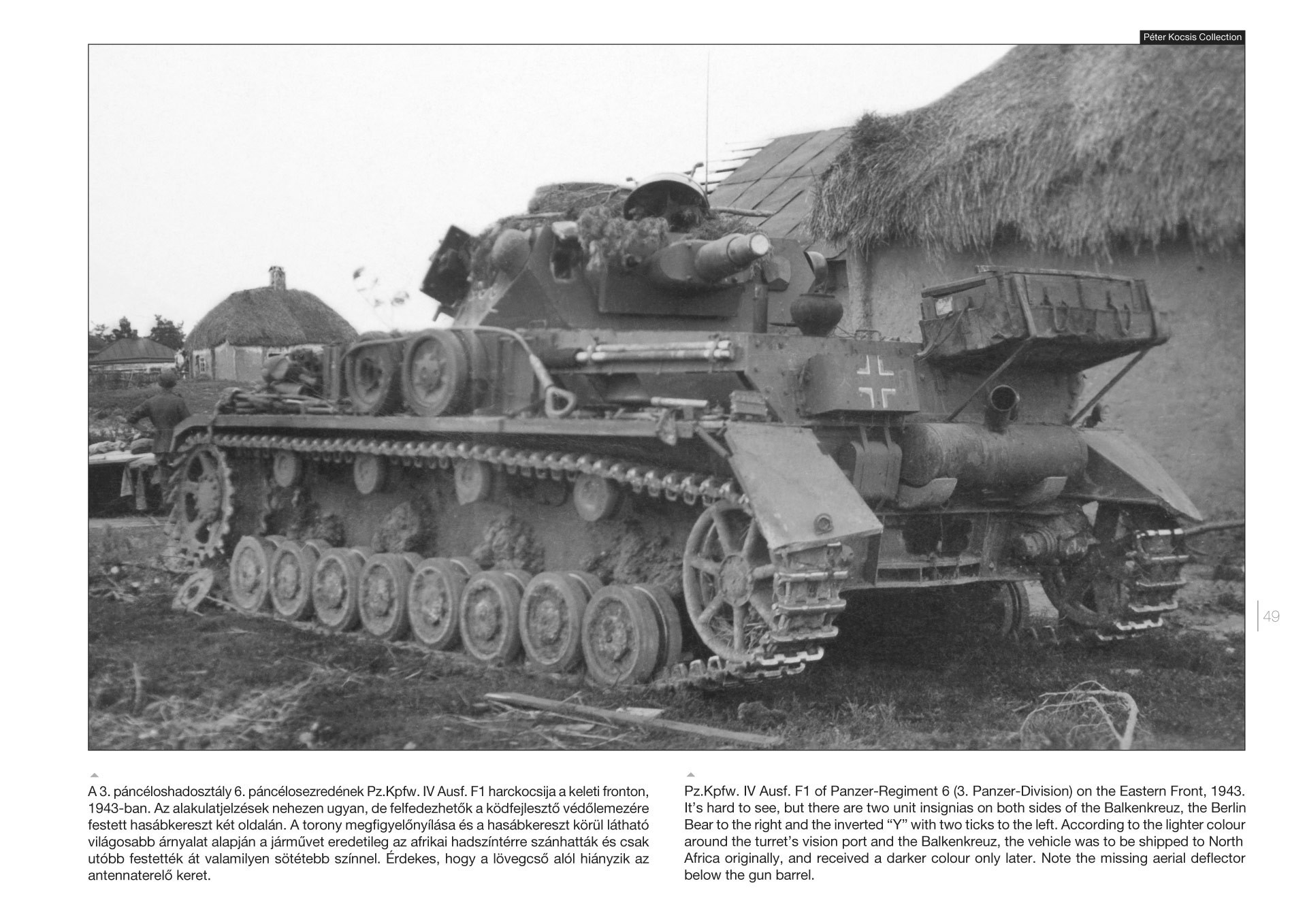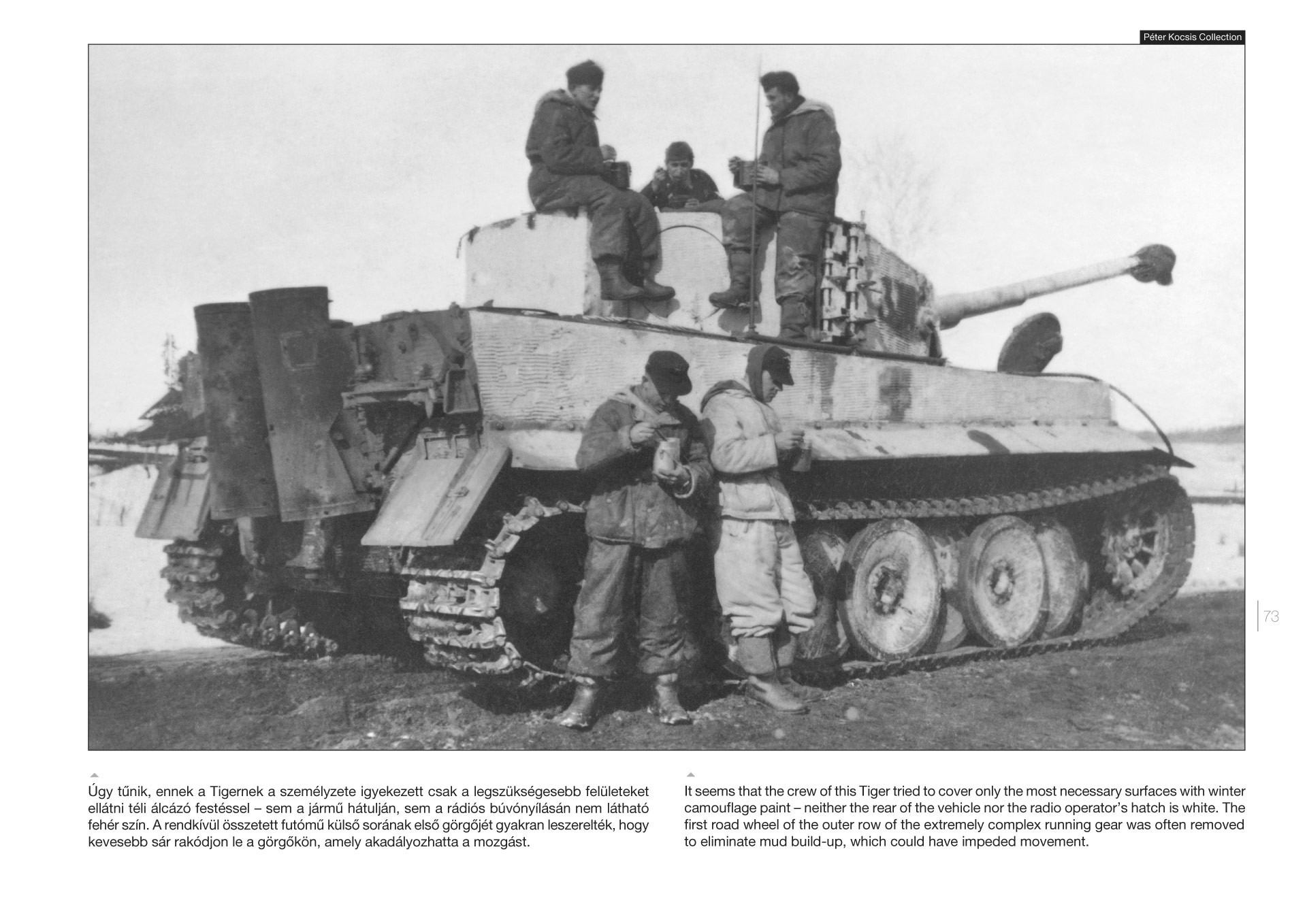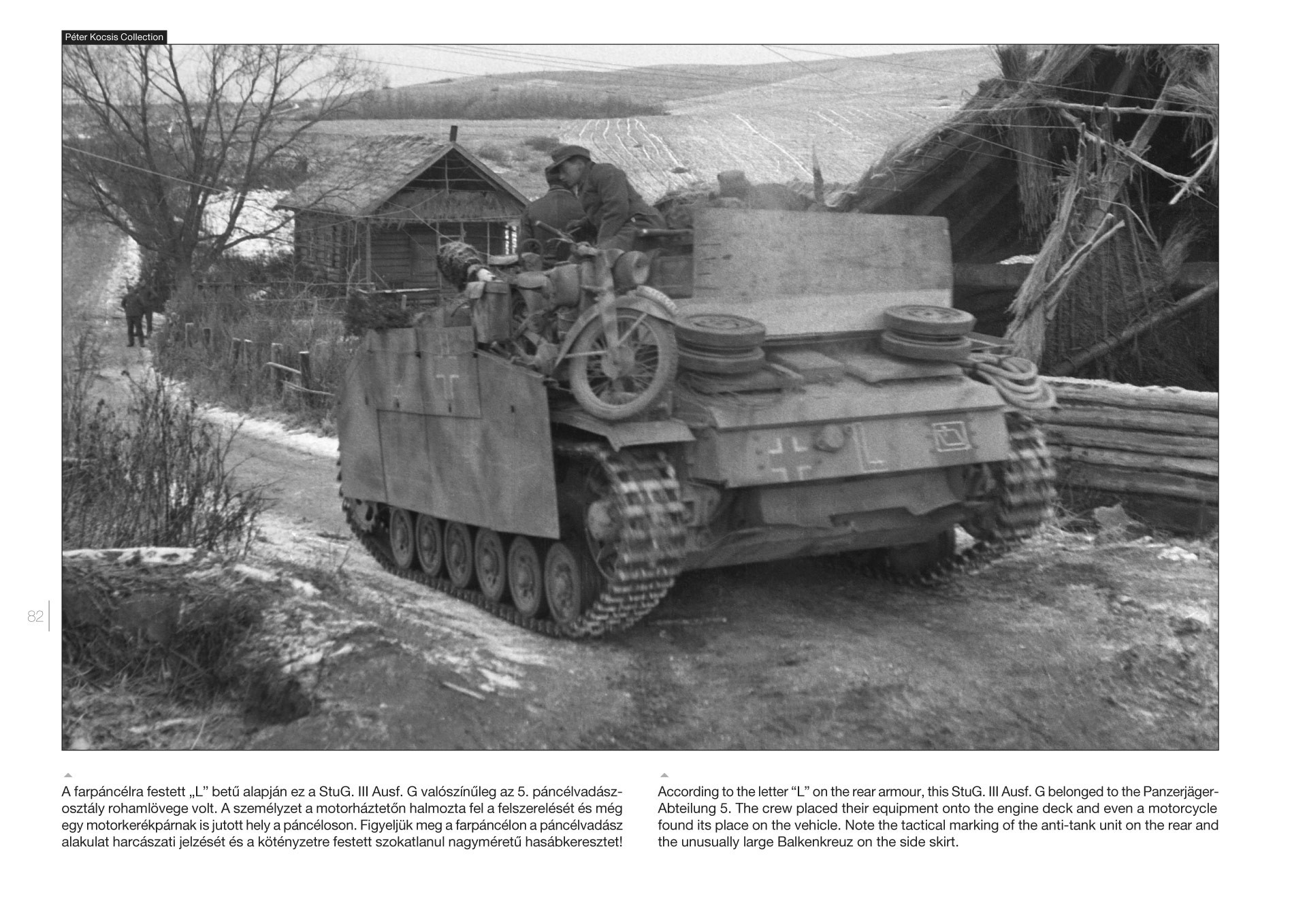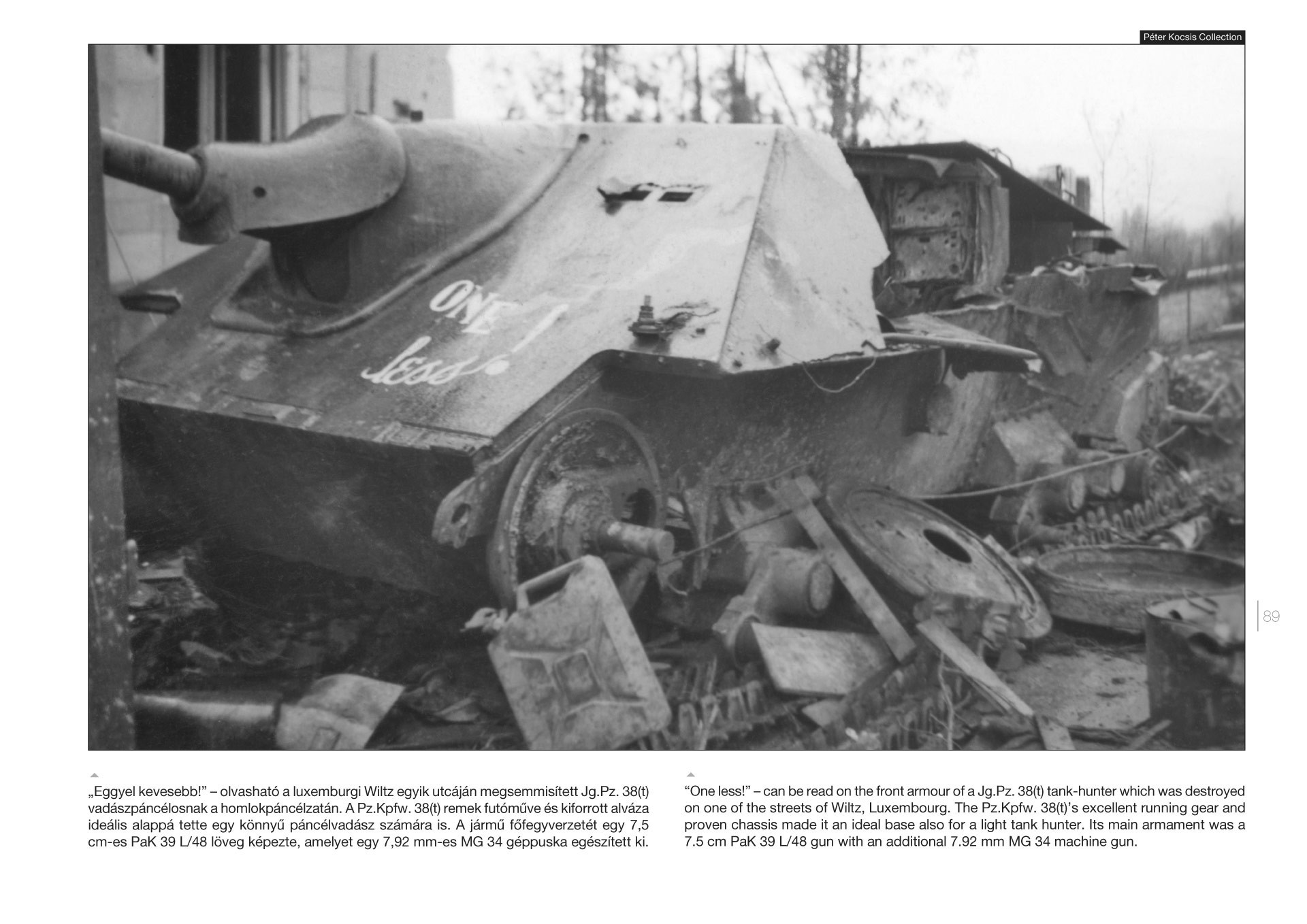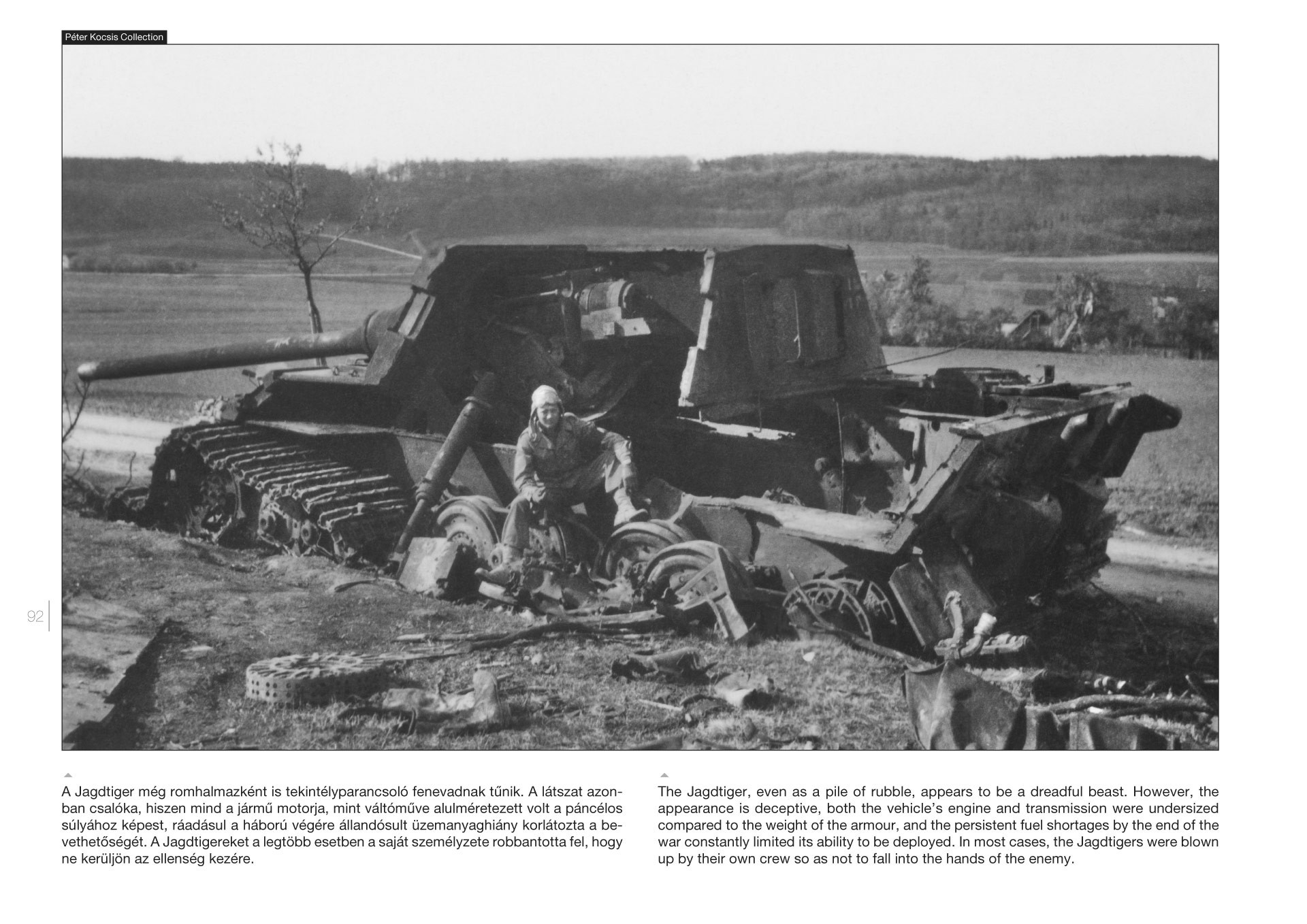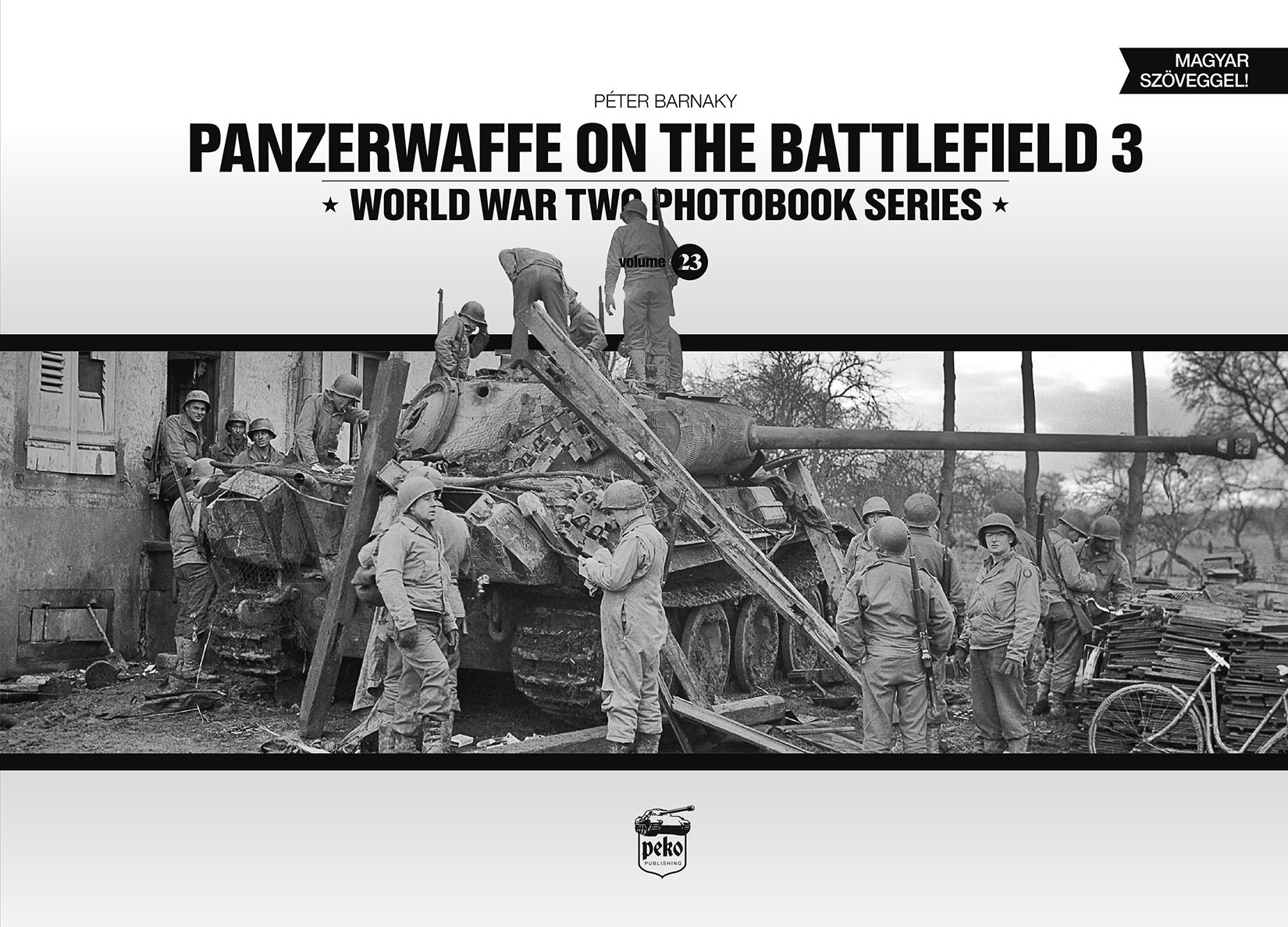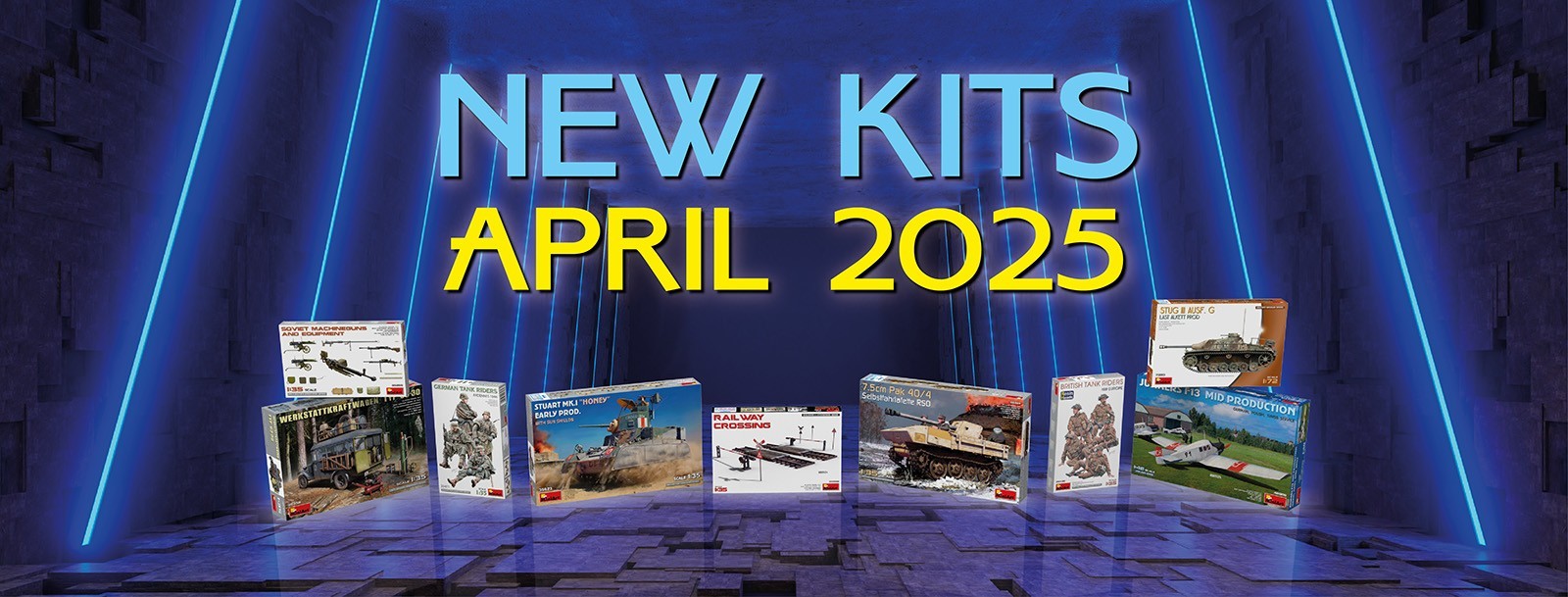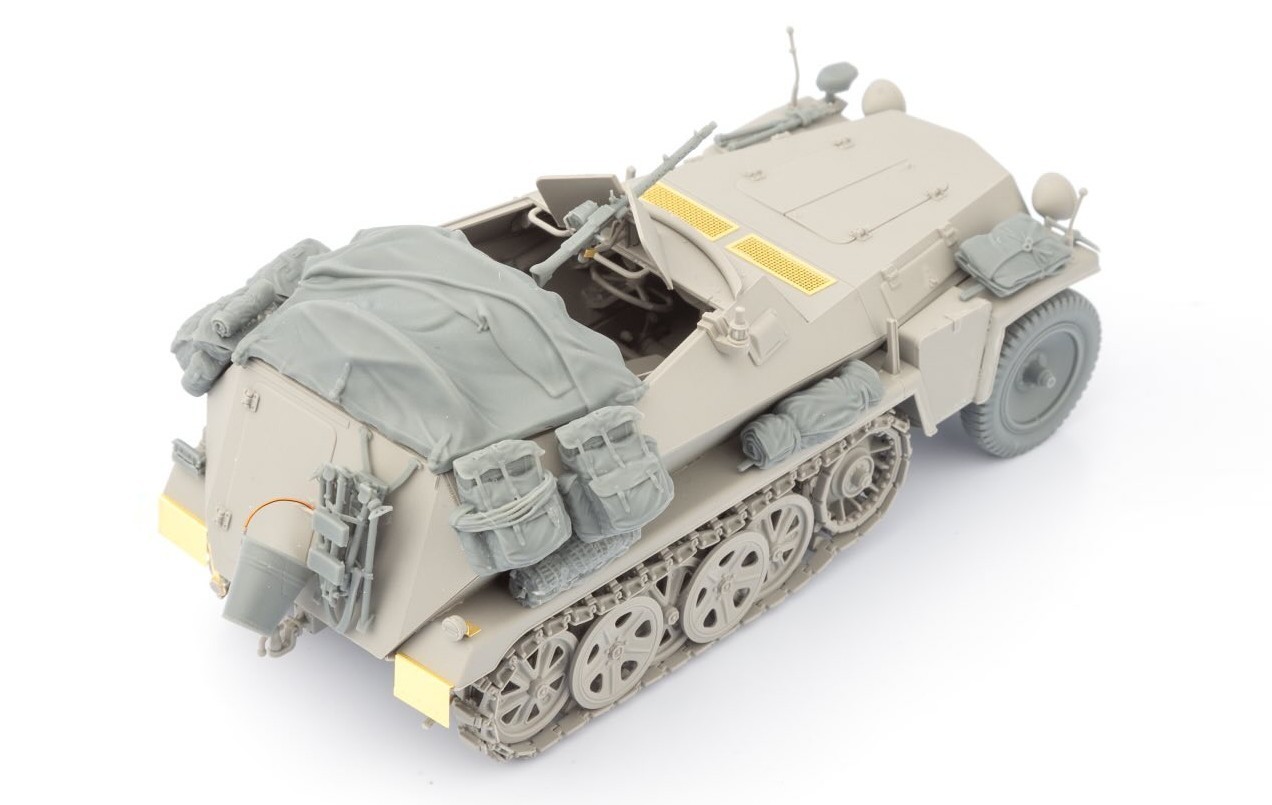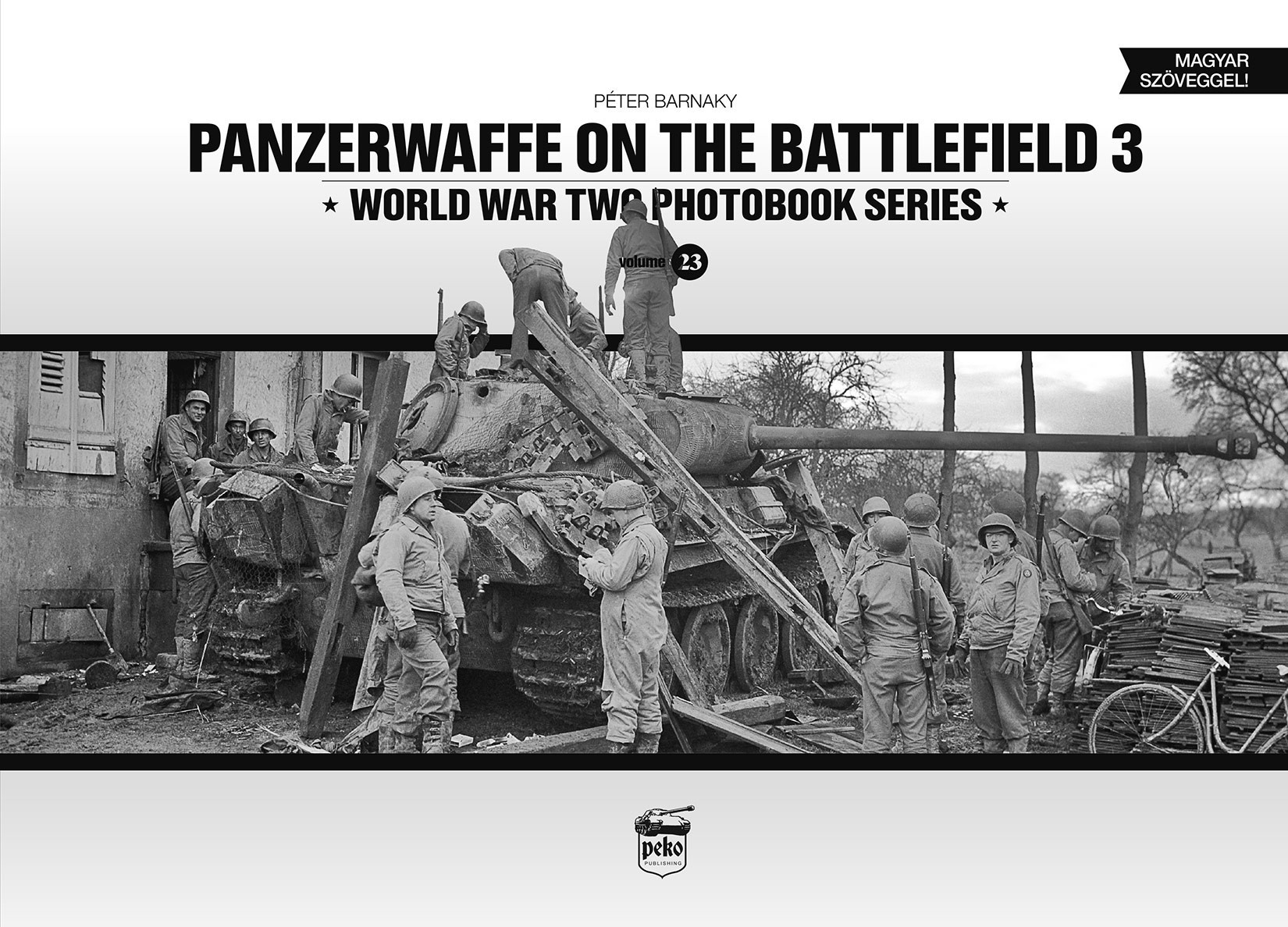
Review
Peko Publishing have released what I believe to be the third book in the Panzerwaffe on the battlefield, which is part of the World War II photo book series and is the 23rd volume of the series as a whole. The author of this release is Peter Barnaky. This is a hard backed offering, printed in a landscape format, using semi gloss paper which shows off the contents well. This is a duel language publication, with Hungarian on the left and English on the right. The book provides 112 pages which are nearly all photographic in nature, with captions written in both languages.
The book begins with a short introduction in both languages, addressing the question of whether German tank forces were superior to Allied forces. The photographic contents of this release begin with the Panzer I and progresses through to the Panzer VI, before moving on the tank destroyers and even infantry transports such as the Sd.Kfz.251/1, meaning you get a very thorough look through the vehicles in use with German forces throughout the war.
The images of the various Panzers are a good mix of vehicles that have been destroyed, being prepped or in reclamation areas and so cannibalized for spares or repair. For myself, I particularly liked the destroyed vehicles and vehicles in the repair yards as it shows areas of the vehicles that would not be seen in normal circumstances. So adding visual interest for the viewers and as a modeller it plants ideas in your head for unconventional display of a model in a particularly realistic way. It also shows the brutality that circumstances inflicted on these vehicles and can only make you think about what happened to the crews. A good number of the pictures show crews working on the vehicles, covering everything up to and including an engine change. The vehicles that are complete, but not currently in conflict are interesting for another reason, which in my case is due to the crew’s interaction with their vehicle and some of the unusual items that were carried on them - one even having a motorcycle on the deck.
The captions offer the reader a mix of information, from the basic to the more involved content. A simple caption would cover what the vehicle is, and in some cases also refers to other images taken at the same location in the book. A more involved caption would cover the vehicle type, unit operating, when and where the photograph was taken and also provides information on equipment that was in service with the particular unit. As I progressed through the book I came across the image of a Jagdtiger which looks to have been destroyed due to an internal explosion, which has opened up the vehicle almost completely and showing some great interior detail. This image also shows the German Balkenkreuz on the rear of the crew compartment, which is something I have not observed previously. There is also more than one image of this vehicle, allowing the chance to replicate it. This particular Jagdtiger, while it may have been destroyed by its crew I question that assessment, as the gun is not over recoiled, which was a usual method for disabling the fire power of a tank. Towards the end of the book, we get to look at what I class as the support vehicles, with the communication vehicles providing the vehicles the information about targets and these are also shown destroyed on some occasions, which is something I had not seen previously.
Conclusion
This offering from Peko Publishing offers the reader something a little different from the norm. Due to the large size format of the photographs enabling you to pick out details you may otherwise had missed and finished off with well written captions. These being period photographs, the quality of the images varies and I would class everything in this book as good to very good. With the book costing around £20 at most locations, this makes for a good price, for a good product that I believe you will enjoy, but also find useful.
